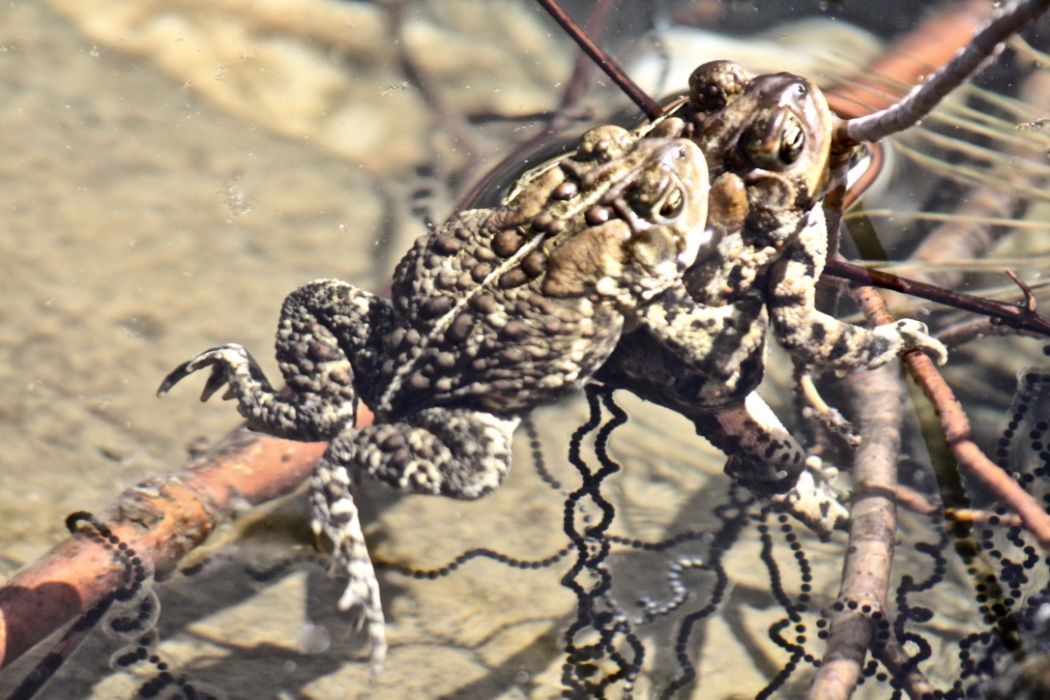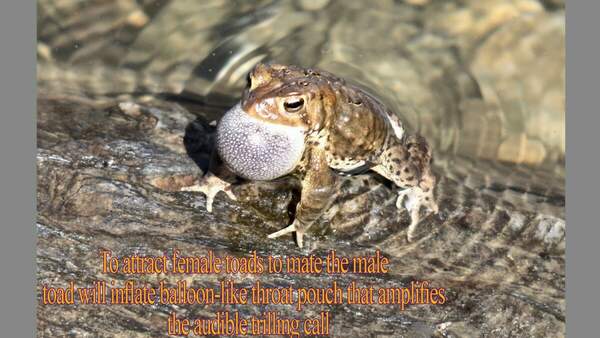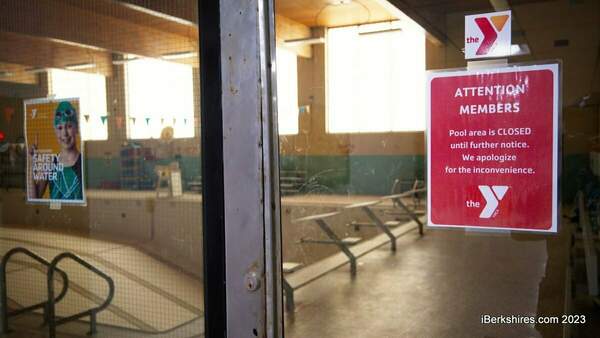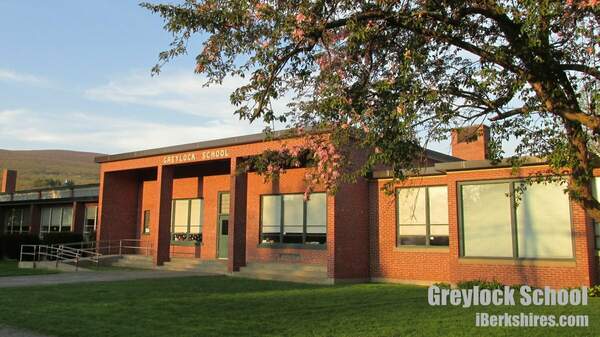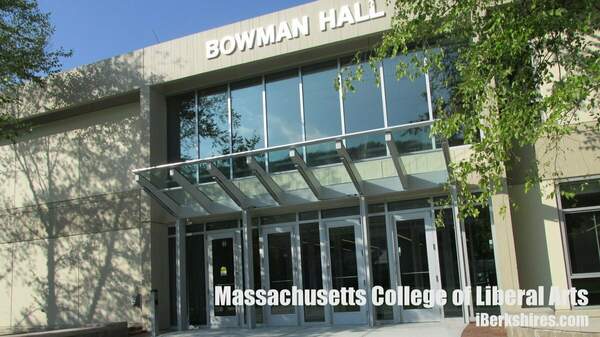Letter: 'It ain't over til it's over'
 |
To the Editor:
The way I see it, Mass MoCA's illegal pillar art paint over of the children of North Adams historic art work and the following controversy, just "ain't over!"
For the past two years, this writer and others have worked tirelessly in an attempt to see if the kids art can be restored. Despite hundreds of signatures from locals and neighboring communities, the city of North Adams continues to keep hands off in doing something constructive in resolution of the issue.
You may recall that MoCA claimed that the artists who created a sound box under the bridge had exclusive right to the publicly owned pillars but, had no legal contract with the City to exercise the claim. Like the children, MoCA shared bi-mutual permission from the City to use the site for artistic displays.
Now here is the conundrum! Appearing on two pillars you will now see graffiti words that have been painted on two of the pillars. They have been there for months.
Seeing that MoCA illegally painted over the kids art claiming exclusive but illegal right to the site, why haven't they addressed the problem of conflicting actions relative to the issue. Why hasn't the mayor despite strong community support provided attention and leadership in bringing both parties to the table in resolution? It bewilders us that on this issue, MoCA comes before the will of the people of North Adams.
Be as it may, I believe that MoCA should addressed the problem by not only removing the new existing graffiti based on their past error but, at the same time use paint remover to also see if the children's art is retrievable as it has a special anti-graffiti coating over the school children's work. At least do a sample testing on the site!
Knowing that some individuals see this as a dead issue that has been going on over a relative long period of time, this writer believes that our continued voices and persistence is essential in successfully addressing a problem which reflects poorly on MoCA and the City of North Adams.
Let the parties play ball, and let us not allow them take their ball and go home, because, " It ain't over til it's over!"
Vincent Melito
North Adams, Mass.
Tags: pillar art,

.jpeg)
